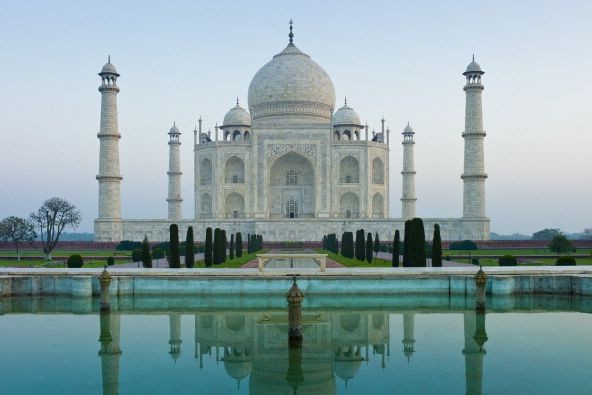Architectural marvels exhibit universal admiration for humanity's inventiveness and creativity, enchanting individuals of diverse backgrounds with their captivating appeal. As travelers and enthusiasts embark on journeys to explore the world's architectural treasures, they are met with a rich tapestry of history, culture, and innovation.
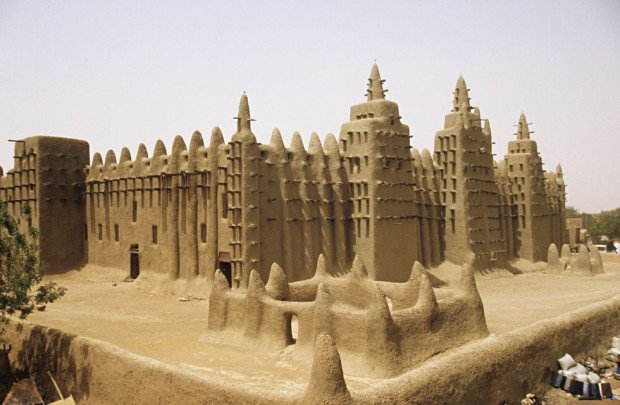
(Photo : Elledecor/Getty Images)
1. Great Mosque Of Djenné - Djenné, Mali
The Great Mosque, constructed in the 13th century, is a UNESCO World Heritage Site and a classic example of Sudanese architecture. Its adobe structure, characterized by a spacious central courtyard and three towering minarets, exemplifies a fusion of architectural styles from the Islamic and pre-Islamic eras. Neither the aesthetic appeal nor the cultural significance of this is comparable to anything else.

(Photo : Elledecor/Eddie Brady)
2. Salk Institute - La Jolla, California
As one of the many genuine masterpieces that Louis Kahn created, this structure, constructed in 1965, is known for its enduring elegance and effortless integration with its natural surroundings. As mentioned, Kahn's concern about linking enormous artificial forms with nature is reflected in the project's symmetrical design and use of building supplies such as concrete and teak, both of which create a sense of harmony.
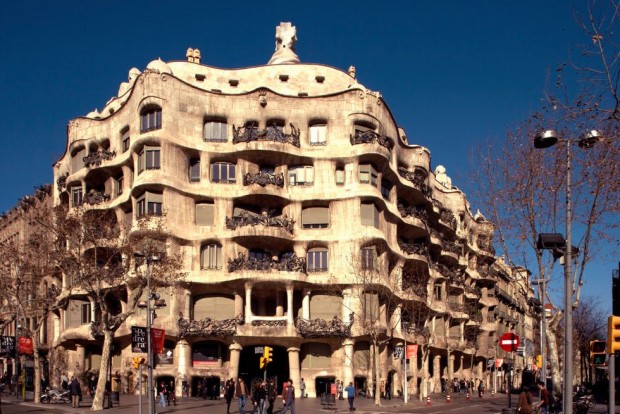
(Photo : Elledecor/Avalon )
3. Casa Milà - Barcelona
In the world of black turtlenecks, there is a persistent lack of appreciation for flowing lines and floral designs. With its undulating stone exterior and the absence of straight lines, the Gaudí Casa Milà, which was finished in 1912, is attractive to individuals who are passionate about design and culture.
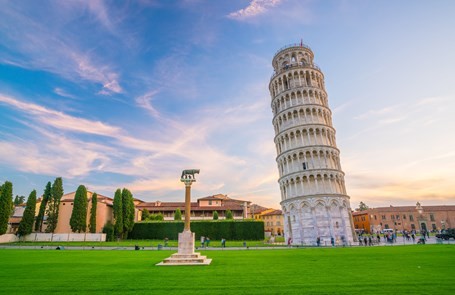
(Photo : Go Construct/Leaning Tower of Pisa )
4. Leaning Tower of Pisa - Pisa, Italy
With a tumultuous construction that commenced in 1173 and spanned over two centuries of conflicts, the Leaning Tower of Pisa is widely regarded as an exemplary masterpiece of medieval European architecture. Its eight stories are adorned with 207 columns, an extraordinary illustration of Romanesque architecture and its distinctive lean. From the top of the tower, visitors can view Pisa by climbing the spiral staircase, which is 297 steps high.
Also Read: 6 Stunning Pool Designs to Transform Your Home's Exterior
(Photo : Elledecor/Tim Graham)
5. Taj Mahal - Agra, India
The Taj Mahal, which was constructed between the years 1631 and 1653, is widely considered to be the most outstanding example of Mughal art. As a tomb for his cherished wife, Mumtaz Mahal, Shah Jahan commissioned the construction of the Taj Mahal. As a result of his devotion, one of the most well-known buildings in the world was constructed. The dome of this building, which is 240 feet high, never fails to elicit astonishment from onlookers. UNESCO has designated the Taj Mahal as a World Heritage Site, which is a testament to the Taj Mahal's historical and cultural significance.
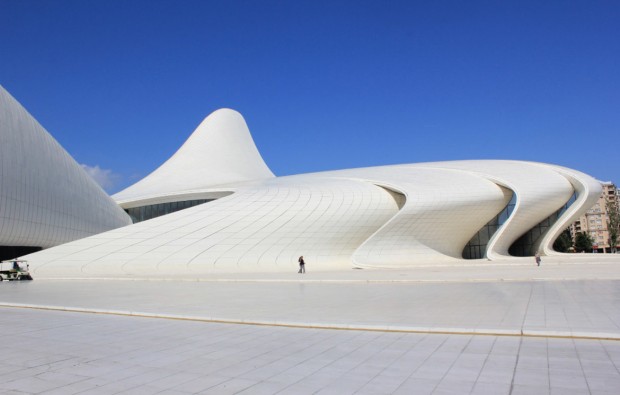
(Photo : Indesignlive/Heydar Aliyev Center)
6. The Heydar Aliyev Center - Baku
After being constructed by the Iraqi-British architect Zaha Hadid in 2007, the Heydar Aliyev Center in Baku, Azerbaijan, was finally unveiled to the public in 2012. The remarkable single continuous folded surface of the center has contributed to its status as an architectural masterpiece that is recognized all over the world and is considered to be among the most outstanding examples of the Neo-futurist style. Zaha Hadid became the first woman ever to receive the highest prize in a design competition when she was awarded the Design Award by the Design Museum in 2014.
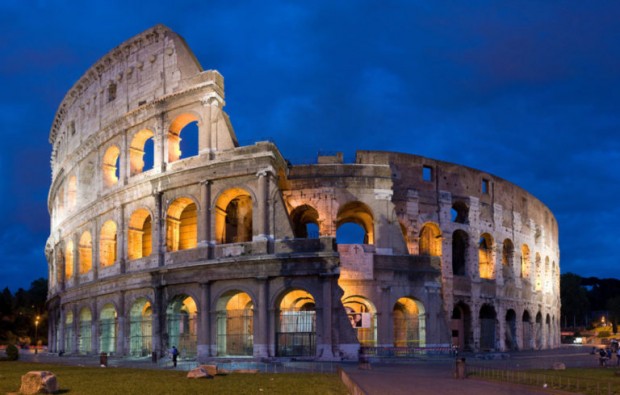
(Photo : Indesignlive/Roman Coliseum )
7. Roman Coliseum - Rome
Emperor Vespasian began building the Colosseum in 72 BC, and his successor, Titus, finished it, which is considered one of Rome's most famous landmarks. Gladiatorial contests, theatrical performances, and public spectacles may be witnessed by as many as 80,000 spectators at the time, making it the largest amphitheater ever constructed. To stage simulated sea fights, the floor may even be flooded. As a foundation for contemporary stadiums, architects' designs to facilitate the rapid entry and exit of large audiences are still being utilized today. Accordingly, enthusiasts of ancient Rome and followers of Russell Crowe should make it a point to visit this landmark, which is considered one of the most famous old Roman structures.
Related Article: Unlocking Architectural Solutions: The Impact of Modular Construction on Architectural Aid
